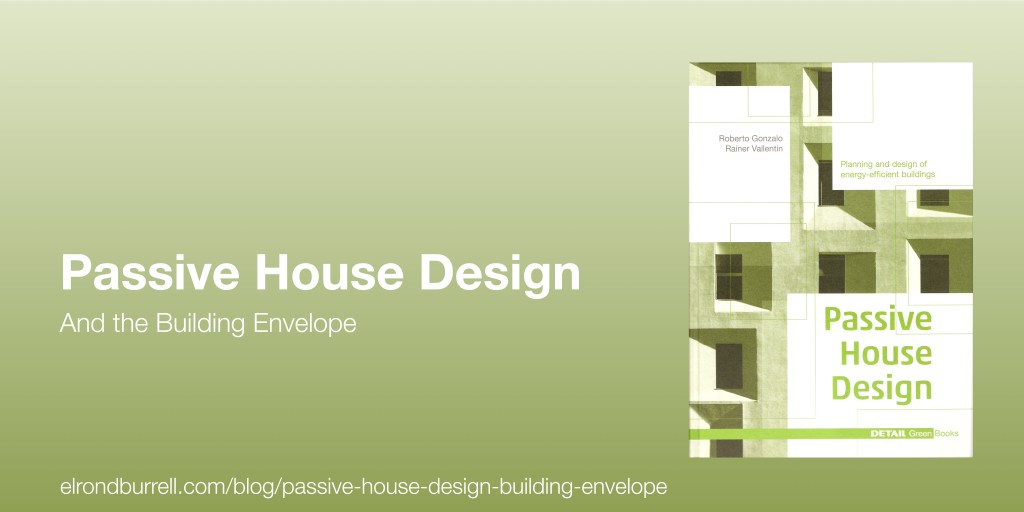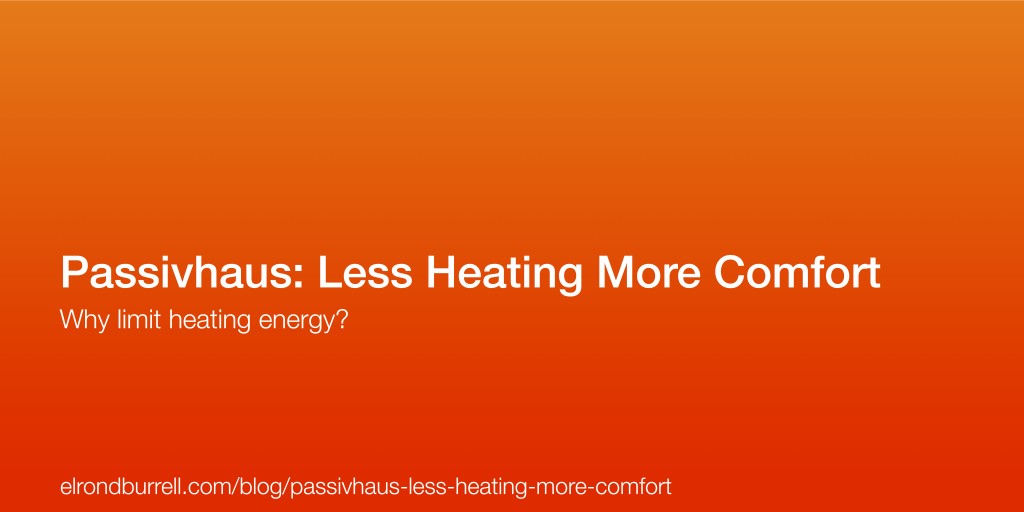This blog post is a review of “Passive House Design – Planning and design of energy-efficient buildings” published in September 2014. Author and architect Roberto Gonzalo (who also wrote the 2012 title “Energy-Efficient Architecture”) and passivhaus architect Rainer Vallentin collaborated on this valuable guide for architects and designers.
This is a timely book as the delivery of passivhaus architecture accelerates around the world. As the authors note, more and more architects are finding their way to passivhaus:
…simply because it is one of the most scientifically sophisticated and practical energy efficiency standards for buildings currently available.
Thorough introductory and background material is provided for those that are new to the Passivhaus Standard. This is followed by chapters dealing with a range of subjects in suitable detail for those already familiar with the standard. Well-illustrated case studies complement both the introductory and the more advanced content.
“Passive House Design” is an extremely useful book full of beautiful photographs, clear diagrams and detailed drawings. It maintains the very high standard of presentation and technical detail that can be found in all Detail magazines and books.
Passivhaus architecture depends on the design and construction quality of the building envelope. This book guides you in designing the building envelope.


